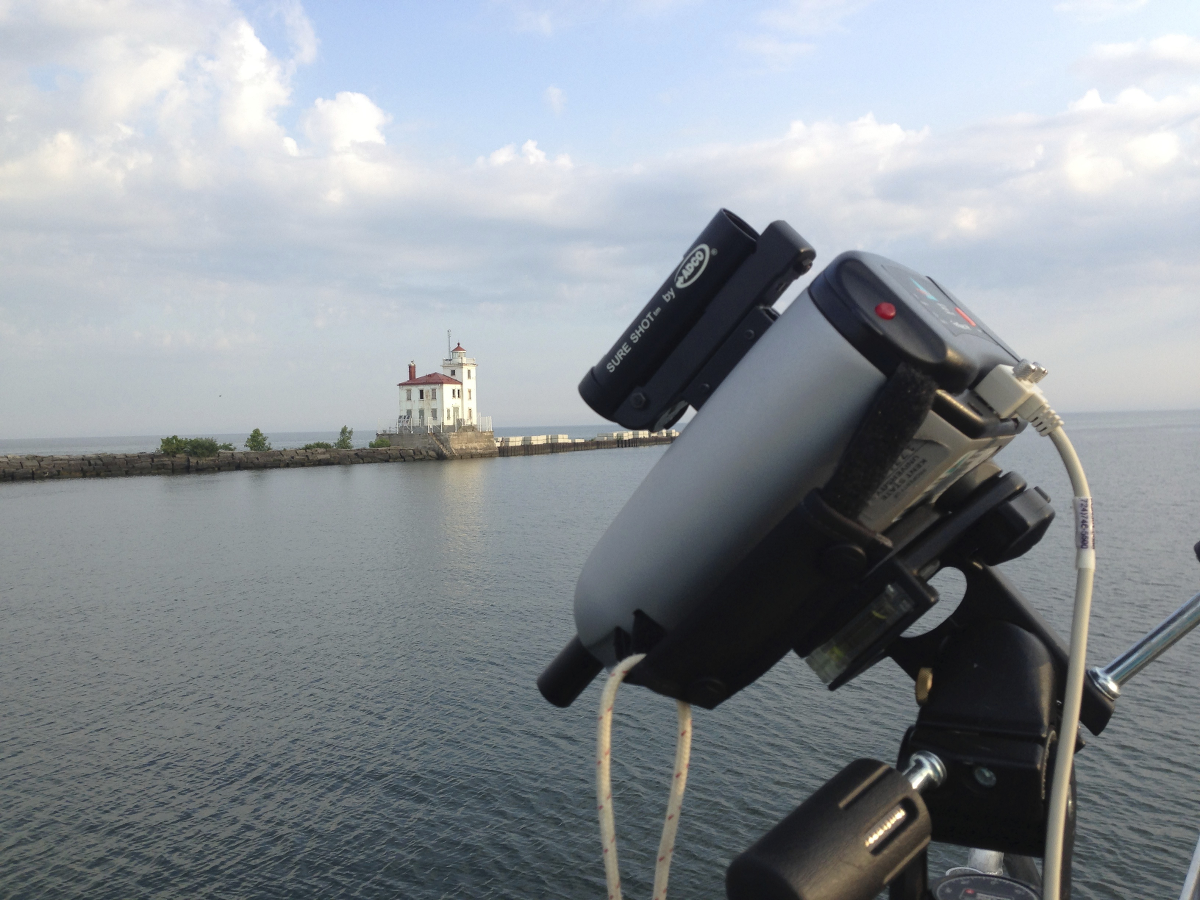Water Quality Research on Inland Waters
Dr. Joseph D. Ortiz
Kent State University, Department of Geology
Nutrients
provides the raw materials needed to fuel algal
blooms, the rapid growth of single-celled algae in
lakes or the ocean. Increasing nutrients and water
temperature can also alter the ecology of aquatic
systems, creating conditions that favor Harmful
Algal Blooms (HABs) by algae capable of producing
toxins. Lake Erie and other bodies of water in Ohio
and around the world are experiencing increasing
numbers of HAB-related problems. Blooms of these
nuisance species can result in a number of
environmental problems such as illness, foul odors
and bad taste. When the algae die, they sink to the
bottom and decompose. The result is a drop in oxygen
in bottom waters called hypoxia or if no oxygen
remains, anoxia. That can release trace metals into
the water or make the water more corrosive. I use
remote sensing to study the distribution and
compositon of algae to monitor and predict HABs.
Apply online to the Graduate Program in Geology at Kent State University.
More information about the Kent State University Geology Graduate program.
Apply online to the Graduate Program in Geology at Kent State University.
More information about the Kent State University Geology Graduate program.

